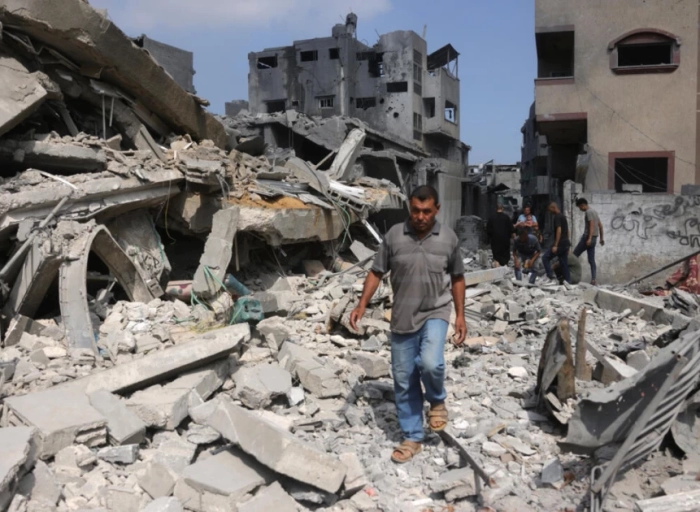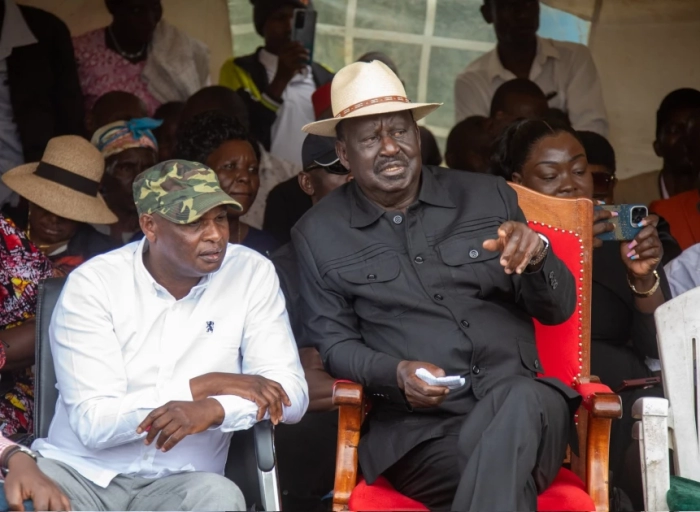The government has called for patience as investigations into the controversial death of 21-year-old protester Julia Wangui, who died while in police custody following the Saba Saba demonstrations, continue.
Government pathologist Dr. Peter Ndegwa, who conducted a postmortem on Wangui’s body in Nanyuki on Wednesday, announced that the cause of death remains inconclusive pending further tests. Preliminary findings revealed bleeding in the brain, but notably, the hemorrhage did not appear to be the result of trauma.
“We are finding some things in the lungs, in the pancreas, in the liver—all of which can actually be contributory—and specifically, there is bleeding in the brain, which doesn’t look traumatic,” Dr. Ndegwa stated. He emphasized the need for detailed histology and toxicology analyses, which will be conducted in Nairobi over the next two weeks.
Wangui, whose name police listed as Juliet Wangai Kariuki, was arrested during the July 7 anti-government protests in Nanyuki. She was reportedly arraigned in court the following day and either released on bail or held at the Nanyuki Prison. According to her family, she was found unconscious in her cell and later died in hospital on July 9.
Her family has welcomed the transparency of the autopsy process. “I feel relieved that the doctors are here and have worked on the body very well,” said her mother. “We now wait for the results from Nairobi… I believe they are not there to do something wrong to the family.”
The case has stirred widespread public outrage, particularly on social media, where a heartfelt post by Wangui’s aunt, Grace Rene, has gone viral. “I’m devastated. I’m mad,” she wrote. “This year, something shifted… But now, it’s hit home for me.”
Despite mounting calls for accountability, the National Police Service has denied any wrongdoing. Police spokesperson Muchiri Nyaga stated that no formal complaints have been filed alleging misconduct by officers.
As the nation awaits the full autopsy results, the incident has reignited debate over police conduct, custodial deaths, and the treatment of demonstrators in Kenya.




